|
Notes: The Metropolitan Railway as it was now known was opened on 10 January 1863 and was worked by the GWR. The line was an immediate success although relations between the Metropolitan and the GWR were not good and the GWR gave notice that they would cease to work the line after 30th September. To counter this, the Metropolitan obtained rolling stock from the Great Northern Railway until their own rolling stock was delivered with the trains coming down the newly completed King's Cross connection.
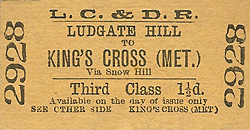 |
The overall success of the Metropolitan was so immediate that the idea of a circular line connecting City and West End rapidly developed. The first extension of the Metropolitan was of 0.75 mile to the more convenient Moorgate Street station opened on 23 December 1865.The circular line, invariably known as the Inner Circle, was beginning to take |
shape and was completed by 1875.
The connection with the GNR at Kings Cross which came into regular use on 1st October 1863 consisted of two single line tunnels with east and west facing connections a junction with the LCDR with a twin line connection to the Midland Railway at St. Pancras. A further connection to the south from Farringdon through Snow Hill tunnel was opened on 1st January 1866 and a triangular layout, under Smithfield Market, was completed by a spur from Aldersgate Street to the LCDR which opened on 1st September 1871 forming the only north-south route across the City
 |
Both passenger and freight traffic was heavy and it was soon clear that the double track of the Metropolitan would be insufficient. A second pair of tracks, always known as the Widened Lines, was therefore provided by that company between King's Cross and Moorgate Street opening between Farringdon Street and Aldersgate Street on 1st March 1866, being extended to Moorgate Street on 1st July and westward to King's Cross on 27 January 1868 for goods and 17 February for passengers.
Joint stations with platforms on both the Metropolitan and the Widened lines were provided at Moorgate Street, Aldersgate Street, Farringdon Street and Kings Cross. Mixed-gauge was at first provided on the Widened Lines, but it is unclear if the King's Cross - Farringdon Street section was ever used by GWR broad-gauge trains. Goods stations were opened by the GNR at Farringdon (closed 16 January 1956) and by the Midland at Whitecross Street (closed 1st March 1936).
In the 1880's there were about 200 trains a day over the Widened Lines into Moorgate Street and 100 southbound through Snow Hill Tunnel but by the turn of the century passenger traffic over the widened Lines was in decline. By 1901 the City & South London Tube was operating through the City, while the new motor-buses and the Kingsway tram tunnel were |
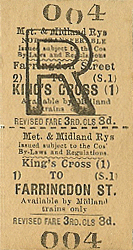 |
soon to speed up road journeys.
The GN/SE & CR service ceased from 1st October 1907 and its Midland counterpart from 1 July 1908. SE & CR trains continued to use Moorgate until 1st April 1916, after which the Aldersgate curve was abandoned and the north-south passenger link over the Widened Lines severed as an economy measure during WW1.The City services of the GNR and Midland also suffered, partly from northward extensions of the City & South London, but mainly from the Great Northern & City Tube, which diverted GNR passengers at Finsbury Park and from trams.
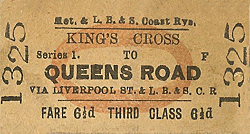 |
After the First World War trains ran in peak hours only. The Metropolitan Railway however continued to flourish however and in 1935 there was a proposal to relocate their platforms at Kings Cross 400 yards to the east to make a more convenient interchange with the deep tube stations on the Northern and Picadilly line. Before this could be completed the station had to |
be closed on 16th October 1940 due to enemy action during WW2. The new station opened on 14.3.1941 and when the service over the Widened Lines from Moorgate to the Great Northern and Midland lines was reinstated in 1946 and the original platforms at Kings Cross remained in use
By now the widened lines carried very little passenger traffic. Although passenger trains through Snow Hill tunnel had ceased in 1916 the tunnel was still a vital north-south freight link with some 90 trains a day in 1962, but all regular freight and parcels services were withdrawn in 1969 and the route was finally abandoned in 1971 and the track was lifted.
| The closure was however to be short lived, in 1978 work started on rejuvenating the Widened Lines as part of a new north - south route that would eventually link Brighton to Bedford. Initially the stations and Moorgate, Aldersgate, Farringdon and Kings Cross were closed and the track was lifted during the refurbishment. On 15th July 1983 the northern section |
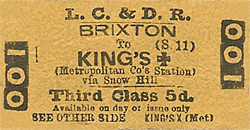 |
of the line came into use between Bedford and London St. Pancras and then over the old widened lines to Moorgate, this was nicknamed the 'Bedpan Line'. On reopening Kings Cross Station was renamed Kings Cross Midland City; from the south, services still terminated at Holborn Viaduct.
In May 1988 Snow Hill tunnel was reopened to passengers with the inauguration of the Thameslink service and at this time Kings Cross Midland City was renamed Kings Cross Thameslink Thameslink platforms are separated only by a newer wall from the original Metropolitan Line platforms, which may still be seen on the west side from passing underground trains.
| The two platforms at King's Cross Thameslink were unusually designated A and B, in contrast to the platform numbers used at most other stations. This avoided confusion with the platforms at nearby King's Cross, which were regarded as part of the same station complex. The Thameslink platforms were linked by stairs and a 600 metre tunnel to the Piccadilly line platforms at King's Cross St. Pancras |
 |
tube station. The Victoria Line platforms were connected to a spur from the same tunnel, much closer to the Thameslink station.
In February 2006 it was announced that funding had been agreed to resite Kings Cross
Thameslink to the west where it would be incorporated into the new St.Pancras International Station. Work on the new station began in the summer of 2006 and the final train into Kings Cross Thameslink was the 01.16 the Bedford on Sunday 9th December 2007.
The concourse and booking office re-opened on 10th November 2007 act as an alternative entrance to the underground and was re-staffed by London underground.
Source: A regional history of the Railways of Great Britain Vol 3 - Greater London by H.P.White. David & Charles 1971 ISBN 0 7153 5337 3. Ticket from Michael Stewart |

.jpg)

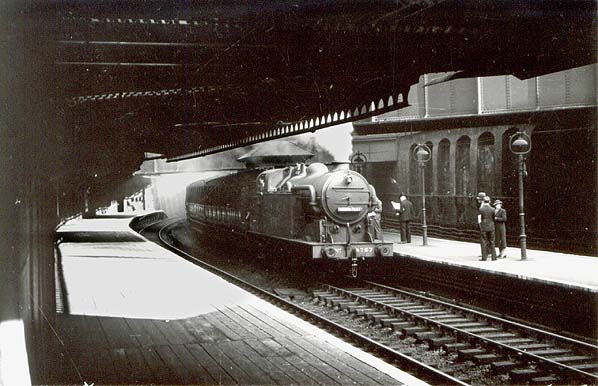
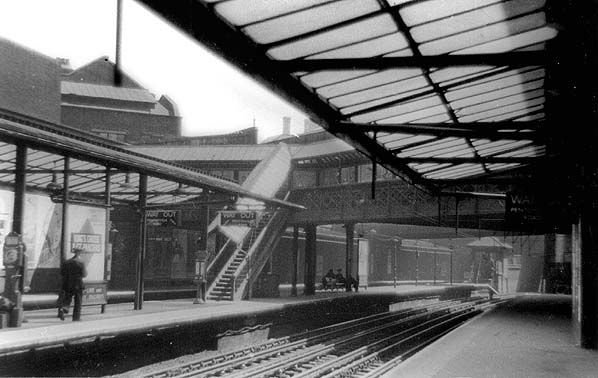
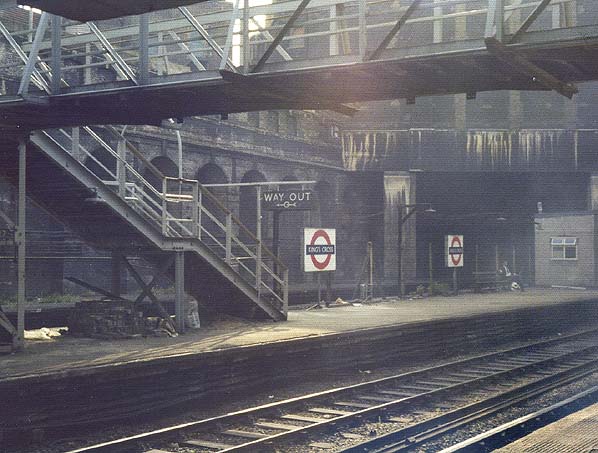
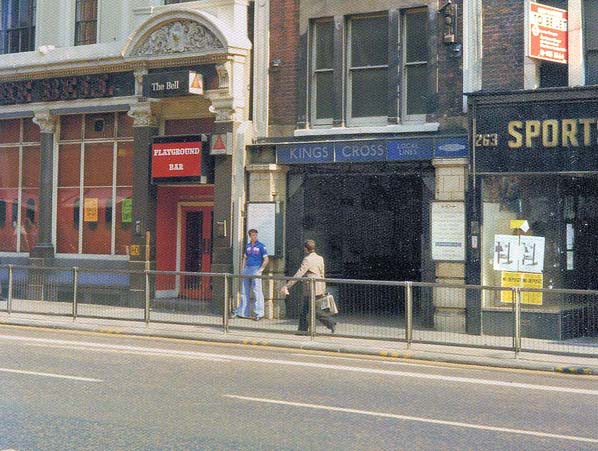
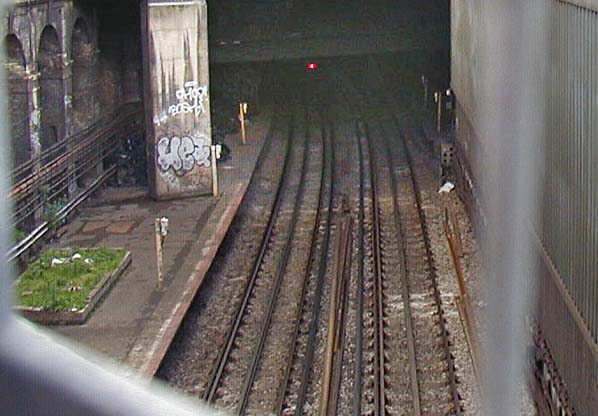
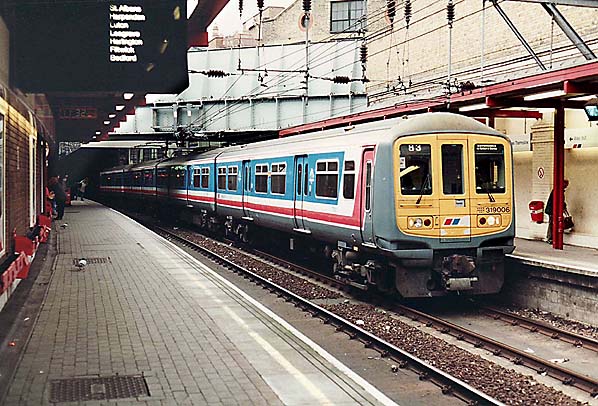
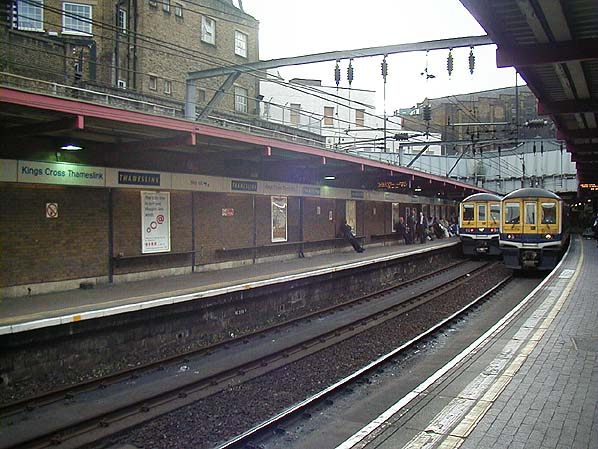
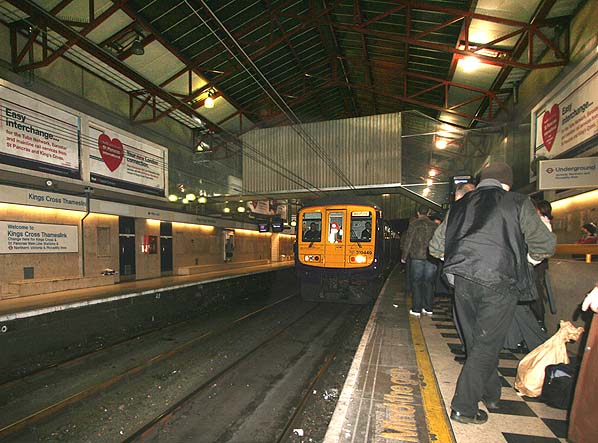
thameslink104.jpg) Thameslink Desiro City Class 700 - 700108 is seen passing through the closed Kings Cross Thameslink station during an official visit in August 2016. The concourse and booking office on Pentovville Road which was retained as an alternative entrance to the underground is now officially an exit only; open 07:00-20:00 Monday to Friday. Various proposals exist to build up and over the station including the Pentonville Road entrance/exit.
Thameslink Desiro City Class 700 - 700108 is seen passing through the closed Kings Cross Thameslink station during an official visit in August 2016. The concourse and booking office on Pentovville Road which was retained as an alternative entrance to the underground is now officially an exit only; open 07:00-20:00 Monday to Friday. Various proposals exist to build up and over the station including the Pentonville Road entrance/exit.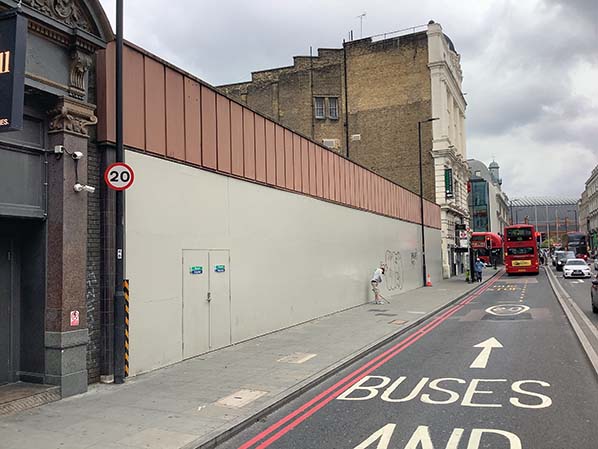
 Home Page
Home Page 





